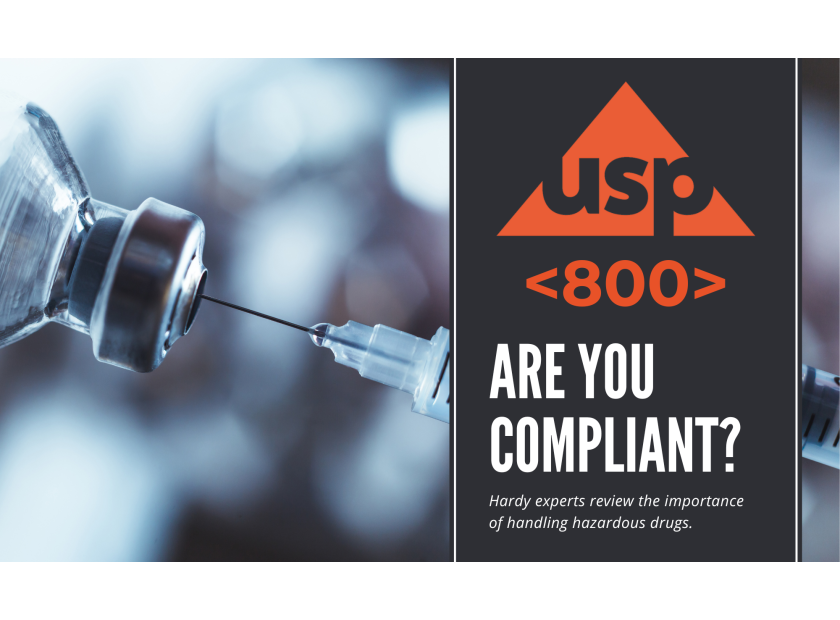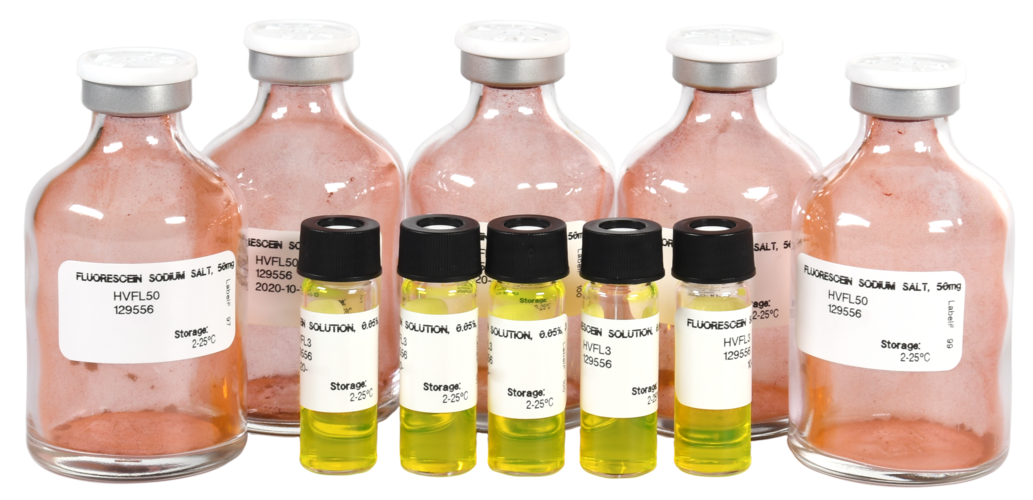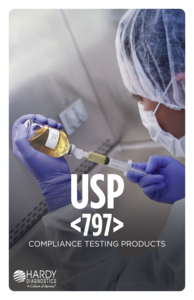USP <800> - Handling Hazardous Drugs; Are You Compliant?
The United States Pharmacopeia (USP) is a nonprofit organization founded in 1820 in Washington, D.C. that develops and disseminates quality standards for medicines and healthcare products. The purpose of USP <800> is to protect healthcare personnel, patients, and the environment from the risks posed by hazardous drugs, which can include hormones, antivirals, chemotherapy drugs, radioactive agents, and certain other potentially toxic medications.
Who needs to be compliant to USP <800>, and why is it important?
USP <800> standards apply to "all healthcare personnel who receive, prepare, administer, transport or otherwise come in contact with hazardous drugs and all the environments in which they are handled" and is now compendially applicable for entities that are required to implement USP <795> and USP <797> as of November 1st, 2023.
Because hazardous drugs are used in many healthcare environments, guidelines must be in place to protect healthcare workers from potential exposure to chemicals. Consistent exposure can lead to acute and chronic health conditions, including cancer, which is the condition these drugs are often used to help treat!
Quick Check: What is the difference between USP <795>, USP <797>, and USP <800>?
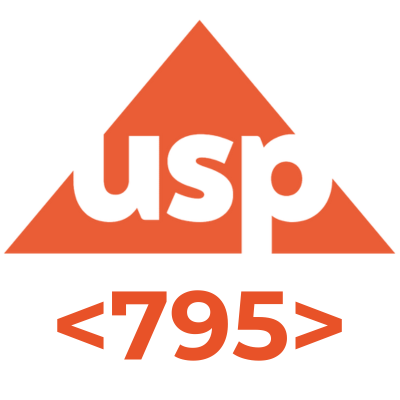
USP <795> aims to provide drug compounders with guidance on applying good compounding practices for the preparation of non-sterile formulations.

The purpose of USP <797> is to prevent patient harm and death with guidance for drug compounders involving the storage, handling, preparation, and transportation of compounded sterile formulations. Check out our comprehensive USP <797> article HERE.
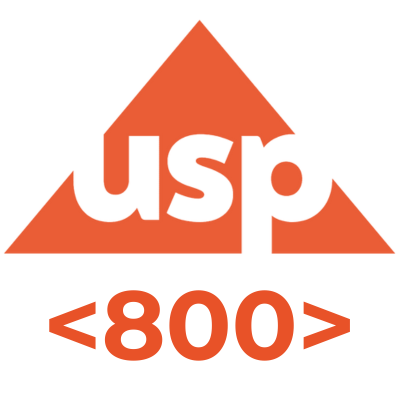
The purpose of USP <800> is to set standards for the appropriate handling of hazardous medications to minimize exposure of health care personnel, patients, and the environment to these harmful agents.
Who enforces USP <800>?
The USP does not enforce its guidelines directly; its standards are enforced through regulatory bodies. State boards of pharmacy, accreditation organizations, the FDA, and other regulatory entities enforce the standards set forth in the USP <800>.
What are considered hazardous drugs?
Hundreds of drugs have made it onto the National Institute for Occupational Safety and Health (NIOSH) Hazardous Drugs list. The CDC (NIOSH) defines the criteria for what meets the guidelines to be considered a "hazardous drug." The drug must meet one or more of the following criteria:
- Carcinogenicity: drugs that are known to cause or suspected to cause cancer
- Teratogenicity or other developmental toxicity: drugs that are known or suspected to cause birth defects
- Reproductive toxicity: drugs that are known or suspected to harm the reproductive system
- Organ toxicity at low doses: drugs that can cause organ damage at low doses
- Genotoxicity: drugs that damage DNA or cause mutations or other genetic abnormalities
- Structure and toxicity profiles of new drugs that mimic existing drugs determined hazardous by the above criteria
What do USP <800> and NIOSH guidelines mean for healthcare facilities?
It's important to be familiar with the guidelines outlined in USP <800> for employees who work or manage a healthcare facility where hazardous drugs are handled. USP <800> requires healthcare facilities to develop comprehensive policies and procedures for handling hazardous drugs, including exposure control, storage, and waste disposal.
Following these USP <800> guidelines in healthcare facilities can ensure that they provide a safe and healthy workplace for employees while protecting the public and environment.
At Hardy Diagnostics, we understand the unique challenges of maintaining compliance with regulatory guidance.
Hardy Diagnostics' HardyVal™ HazDetect Kit simulates procedures where antineoplastic or other hazardous drugs are compounded or processed in order to imitate techniques used by healthcare professionals who manipulate hazardous drugs using a Fluorescein dye and UV light. The kit can also be used to mimic hazardous spills for clean-up training.
The product is intended to fulfill the USP criteria for personnel training and the American Society of Health-System Pharmacists (ASHP) technical assistance bulletin for cytotoxic and hazardous drug handling competency verification. The kit contains materials for up to five individual tests to simulate the most common manipulations performed in oncology pharmacies.
Meet the author

PHARMACEUTICAL PRODUCT MANAGER at HARDY DIAGNOSTICS
Joelle Brackeen, B.S. Marketing
Joelle Brackeen is the Pharmaceutical Product Manager at Hardy Diagnostics and has over a decade of experience in Marketing and Product Management. Before transitioning to the pharma sector, Joelle had the privilege of co-founding and helping to grow a business into a highly profitable, multinational enterprise. Her unique blend of entrepreneurial spirit and product management expertise contributes to her innovative approach and ability to drive successful products and strategic initiatives in the pharmaceutical industry. In her free time, she enjoys playing the piano and spending time at the beach.


